Next Topic
Select SDGs to find out how we are taking action in support of the UN Substinable Development Goals
2021 ISRAEL CHEMICALS LTD. | ALL RIGHTS RESERVED

ICL Rotem uses a multidisciplinary approach involving, among others, mining engineers and landscape architects, as well as ecologists for consultation, to ensure the optimal conduct of its mining process. This process includes meticulous planning before mining commences. Multiple environmental factors are taken into consideration, including visibility, watersheds and the general contours of the land.
The process also includes site tours of the area with key stakeholders, such as the Israel Nature and Parks Authority, Israel’s Ministry for Environmental Protection and Ministry of Energy, local officials and other government agencies, to ensure perspective and balance, education and transparency.
Reclamation of Phosphate Mines During Mining
Mine reclamation is the practice of maintaining the similar landscape of mined areas and restoring its functionality, or preparing it for other beneficial social, environmental or economic uses, while minimizing interference with sensitive land. Reclamation, although performed after mining is completed, is best suited when planned prior to mining and conducted throughout the mining process.
Initially, ICL Rotem removes the top soil of the block to be mined, either spreading it over a reclaimed area or temporarily storing it. The overburden layer is then also removed from the mined block’s surface and placed in another block in which mining has been completed.
When the mining of a block is completed, it undergoes topographical shaping and is then covered with topsoil. The reclaimed block surface is shaped similarly to its original topography. It is purposely designed to slow runoff, to create microclimate conditions for local flora and fauna, and to allow rapid renewal of vegetation.
Since 2016, ICL Rotem has also been participating in academic cooperative research which is examining the ecological and biodiversity effectiveness of the ‘reclamation during mining’ process. The research was originally planned for a four-year period, but ICL Rotem recently extended it for an additional four years to further study long-term changes following reclamation. The research is led by the Spatial Ecology Lab, Professor Yaron Ziv and Dr. Guy Rotem from the Department of Life Sciences at Ben Gurion University.
In the study, reclaimed areas are compared to adjacent undisturbed land cells. The parameters being researched include soil chemistry, soil microbiology, vegetation growth potential, abundance and types of Arthropod animals and remote sensing land analysis.
So far, the research indicates that there are differences in reclaimed areas and undisturbed areas in regards to diversity. In regards to soil characteristics, it appears that the soil in reclaimed areas has a higher electrical conductance which inhibits vegetation growth. There is also a lack of organic material, especially in reclaimed areas. The richness and diversity of microorganisms is lower in rehabilitated areas than in natural, undisturbed areas.
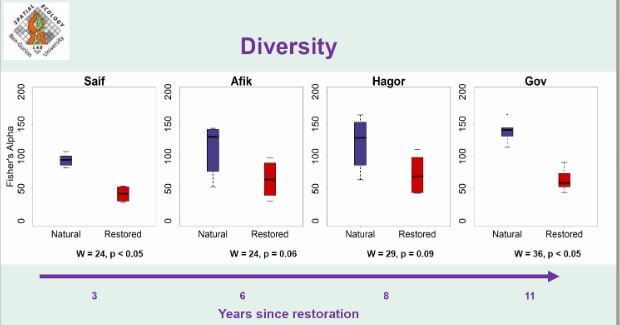
Regarding vegetation, the results point to the lack of seed banks in the rehabilitated soil as one of the main causes for less vegetation.
It was found that there is a high variance between the plots and within the plots themselves, both in natural plots and the restored ones. ICL Rotem is currently experimenting with implementing the recommendations of the researchers.
ICL Rotem values the continuation of this research in order to better understand long-term changes and impact of rehabilitated mining areas, as well as to identify best methods for conducting ecological rehabilitation.
The research is also investigating various ways to speed up the regeneration of ecosystems on reclaimed areas. This is a significant challenge because a solution needs to be used over large areas of restored mines.
This pioneering research is unique in its broad scope, the way it is scientifically examining the efficacy of open-mine reclamation in arid and hyper-arid lands on multiple dimensions, using methodologies ranging from soil analysis to remote sensing.
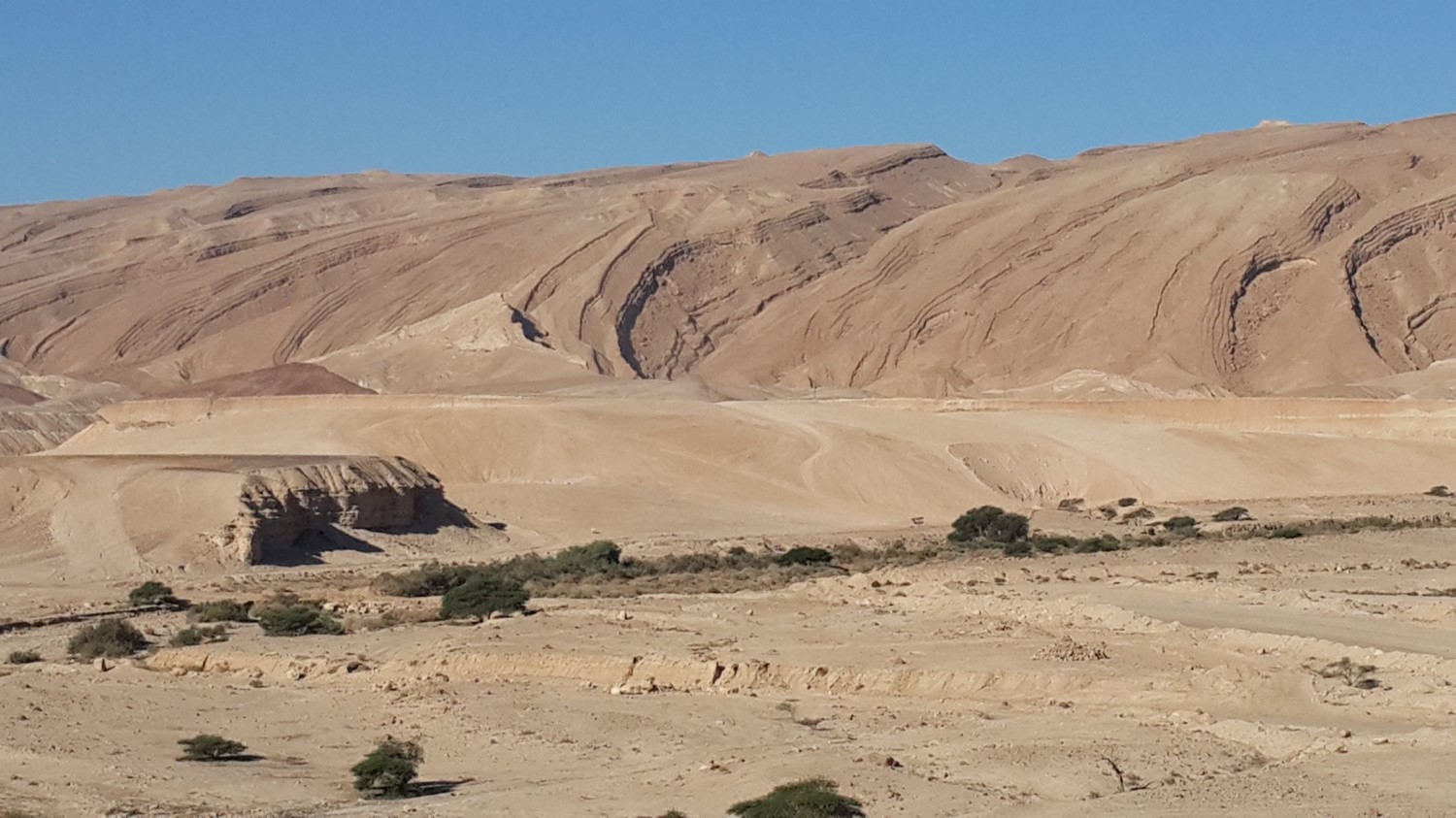
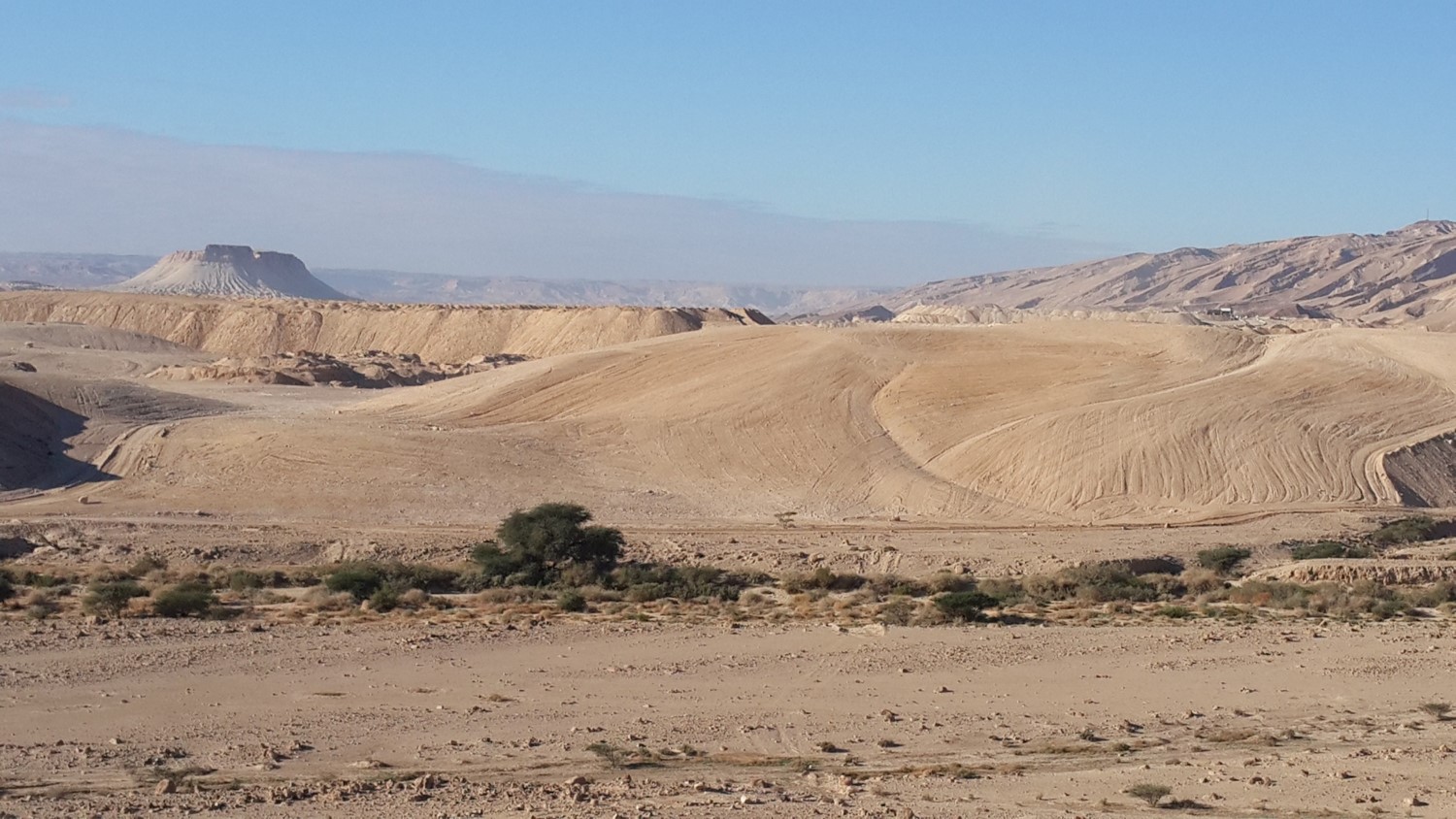
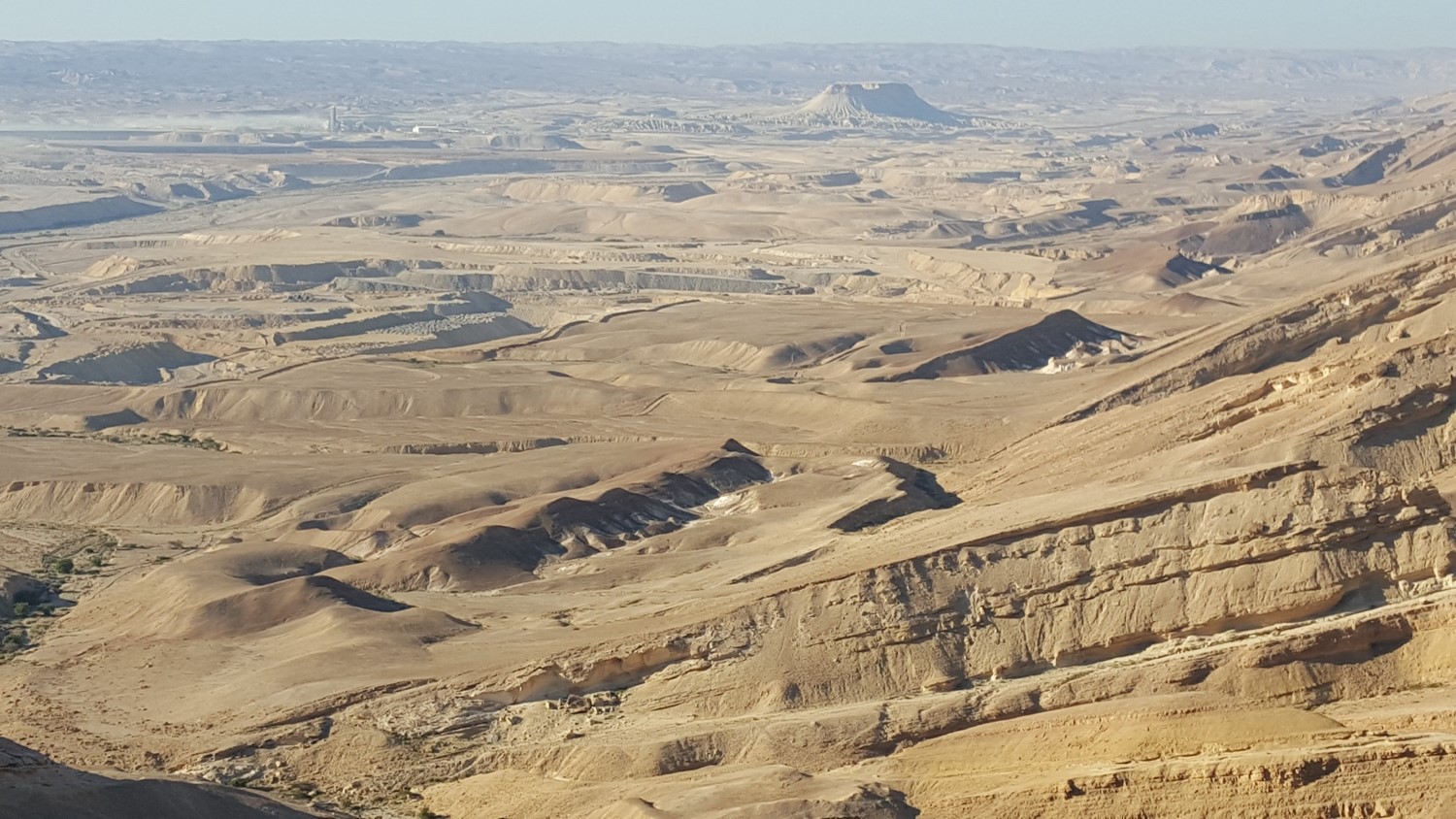
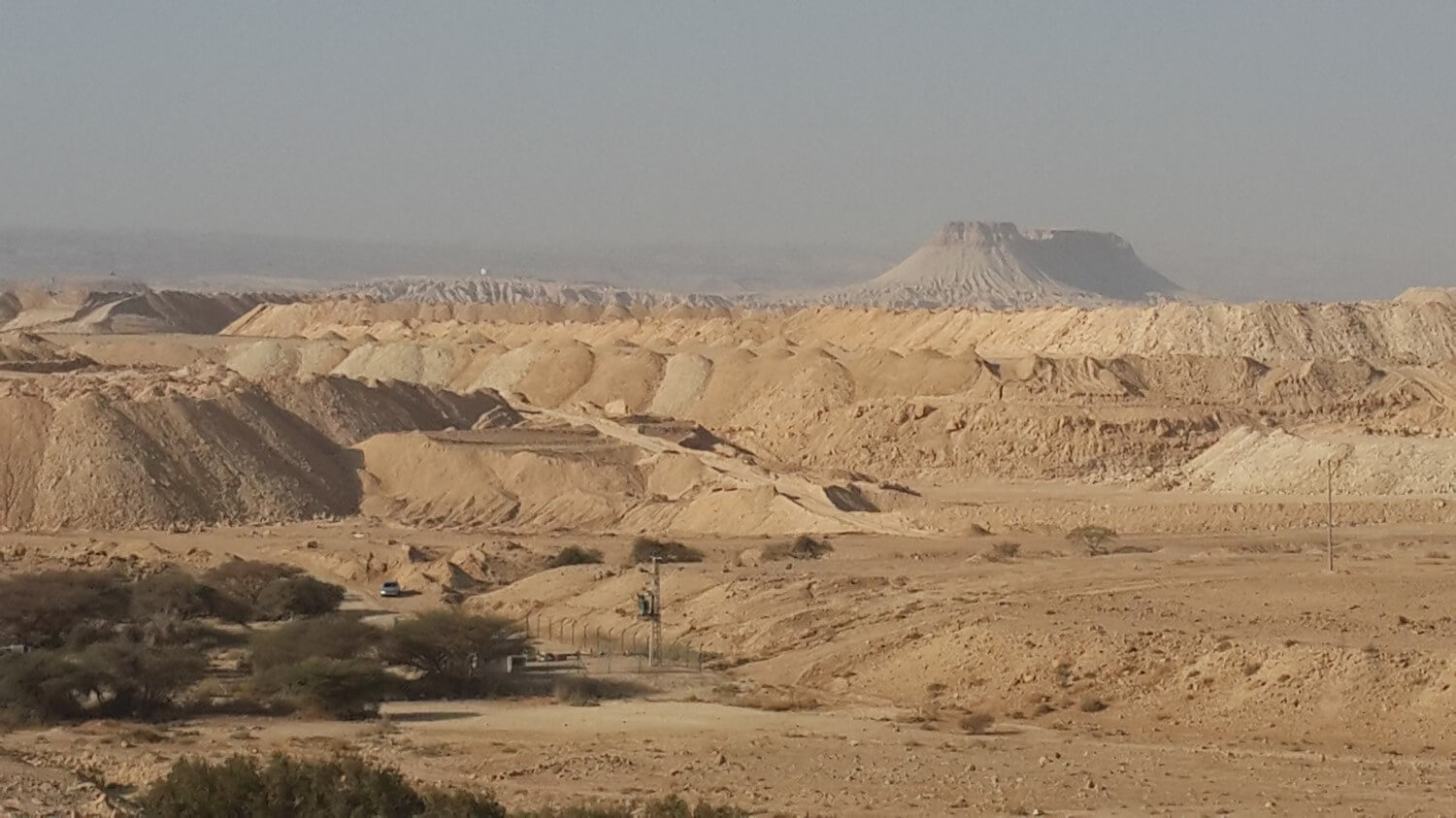
In 2007, ICL Rotem began to cooperate with the Israel Nature and Parks Authority on a project to increase the population of birds of prey in the Negev. The project’s goals include supplying food to the birds, monitoring their activity, and environmental education related to the birds. While there has been a decline in the population of birds of prey in Israel, the largest number of nesting sites has been found in the Negev region.


